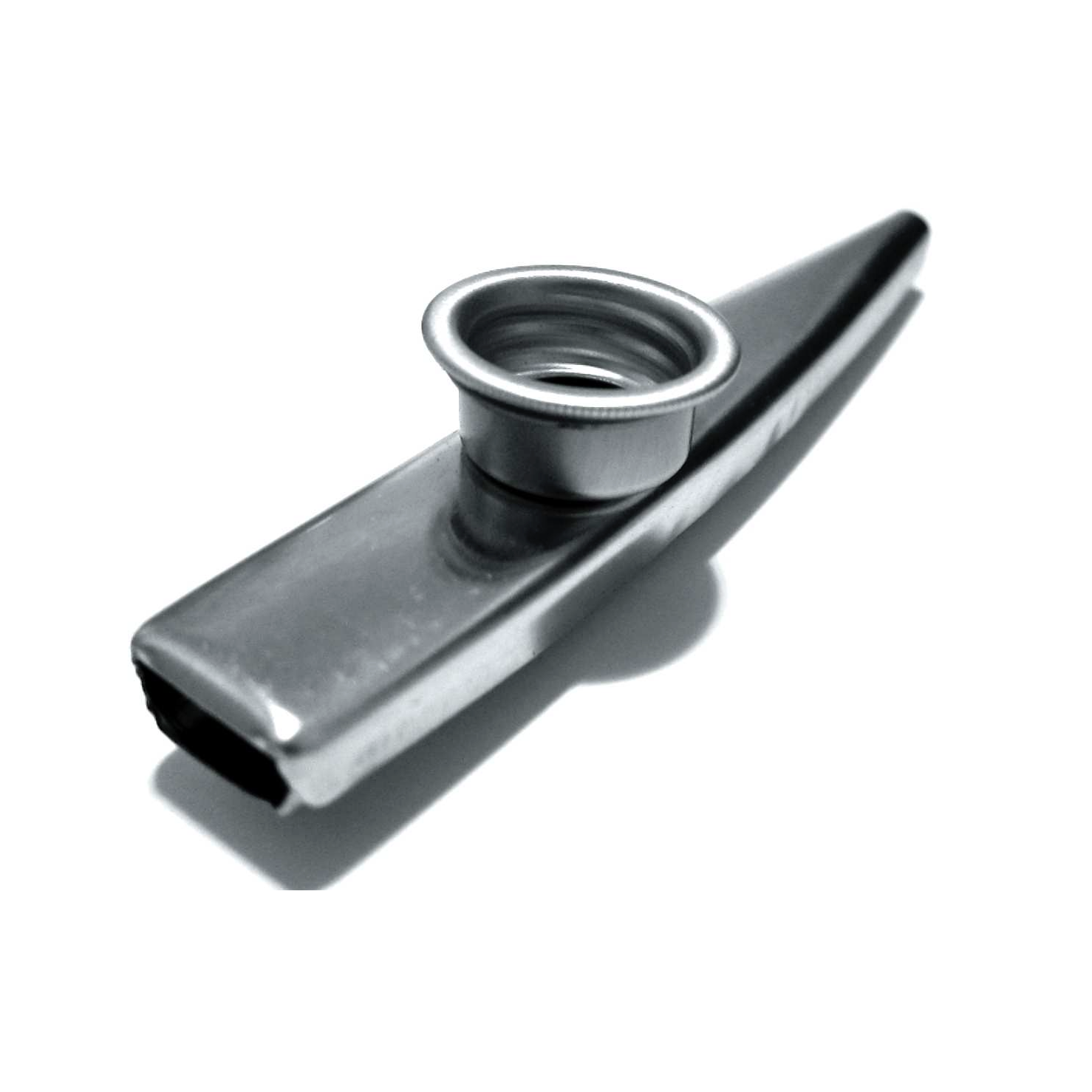Keine, Stefan, Michael Wagner, and JessicaCoon, (2019). Hierarchy effects in copula constructions. Canadian Journal of Linguistics. [doi]
This paper develops a generalization about agreement in German copula constructions described in Coon et al. (2017), and proposes an analysis that ties it to other well-established hierarchy phenomena. Specifically, we show that “assumed-identity” copula constructions in German exibit both person and number hierarchy effects, and that these extend beyond the “non-canonical” or “inverse” agreement patterns described in previous work on copula constructions (e.g., Béjar and Kahnemuyipour 2017 and works cited there). We present experimental evidence to support this generalization, and then develop an account that unifies it with hierarchy phenomena in other languages, with a focus on PCC effects. Specifically, we propose that what German copula constructions have in common with PCC environments is that there are multiple accessible DPs in the domain of a single agreement probe, the lower of which is more featurally specified than the higher (see, e.g., Béjar and Rezac 2003, 2009; Anagnostopoulou 2005; Nevins 2007). We also offer an explanation as to why number effects are present in German copula constructions but notably absent in PCC effects. We then place our account within the broader context of constraints on predication structures.
